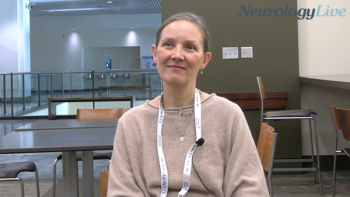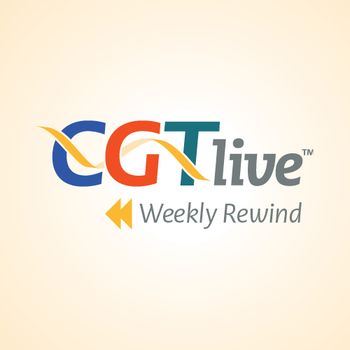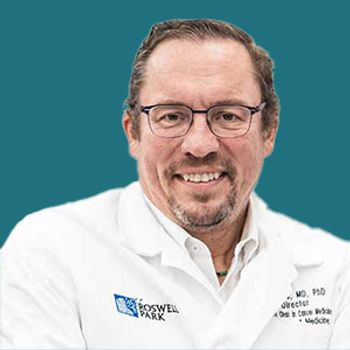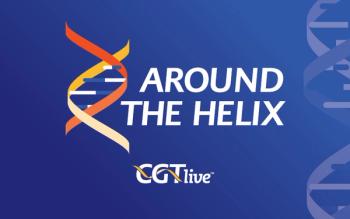
The Potential Benefits of Redosing Gene Therapy
Nicholas Giovannone, PhD, a senior principal scientist at Regeneron, also discussed the problem of preexisting immunity caused by natural exposure to AAVs.
This is the second part of an interview with Nicholas Giovannone, PhD. For the first part,
At
He noted that while AAV-based therapies are ideally one-time treatments, their effectiveness can diminish over time because of factors like cell division, and also pointed out that patients may eventually want to receive newer, more advanced AAV vector-based therapies that may become available in the future. Giovannone also spoke about how his team is also working on addressing preexisting immunity to AAV from natural exposure, a challenge that requires a different approach than overcoming the challenges with redosing.
CGTLive: How would you summarize the big picture you want doctors and the broader healthcare community to take away from your ASGCT presentation?
Nicholas Giovannone, PhD: One of the reasons we want to be able to redose in the first place comes down to a few different reasons—3 main ones, really. First, while AAV is ideally a one-and-done therapy, where you don’t need to redose, in reality, efficacy can wane over time for some AAV gene therapies. One reason that happens is if the target organ—like the liver—grows, or the cells divide, the AAV genomes can be lost, and so you lose efficacy that way. So, over time, you might need to redose, and the field has seen this with some clinical gene therapies.
Second, another arm of the immune system—the cytotoxic T-cell response—can eliminate transduced cells, and so efficacy can wane over time that way.
Third, especially as AAV gene therapies become more common, a patient might want to receive a second AAV-based medicine in the future, or a more advanced version of a therapy that comes out. Currently, that’s unlikely for systemic gene therapies because of the development of these long-lived neutralizing antibodies.
I think one of the implications from the work that we're doing is that although these are formidable challenges, when we think about the basic science and develop an approach that keeps that in mind, we hope these are surmountable challenges. I think our data suggests that they may be. Our hope broadly is that this can expand treatment options for patients and improve overall for the field both the efficacy and durability of gene therapies.
When it comes to your research in this space, are there specific areas of interest or future plans you can discuss? Or any challenges that still need to be addressed?
So far we’ve talked about the challenge of redosing, which is an important challenge in the field—where a patient might come into the clinic seronegative, and then after receiving an AAV gene therapy, they seroconvert, right? But there’s this other big challenge related to antibody responses, which is preexisting antibodies from natural exposure to circulating AAVs.
My group is really interested in overcoming that challenge, as well. Even though both issues are antibody-related, the approaches we need to take are actually quite different because the target cells for immunomodulation are different.
Last year at ASGCT, I presented our approach to addressing preexisting antibodies. Basically to sum it up quickly, we have another bispecific antibody that targets plasma cells—which are the cells that produce long-lived antibody responses. We’re testing that bispecific antibody in combination with different immunomodulation strategies. The idea there is to eliminate those antibody-secreting cells that contribute to the preexisting response. We’re really excited about that work and hope to share more about that and we’re happy to tell you more about what we presented last year.
Is there anything we didn’t cover that you’d like to add?
I just want to say it’s always great to come to ASGCT every year because there’s so much exciting science going on. Science is a team sport—it’s not an individual pursuit—at least, the best science is done as a team sport. I’ve got a lot of fantastic collaborators at Regeneron who’ve been instrumental to this work. And being here and seeing all the amazing science that's going, it’s just invigorating every year to be part of it. I really appreciate the opportunity to be here and to speak with you.
This transcript has been edited for clarity.
Newsletter
Stay at the forefront of cutting-edge science with CGT—your direct line to expert insights, breakthrough data, and real-time coverage of the latest advancements in cell and gene therapy.











































